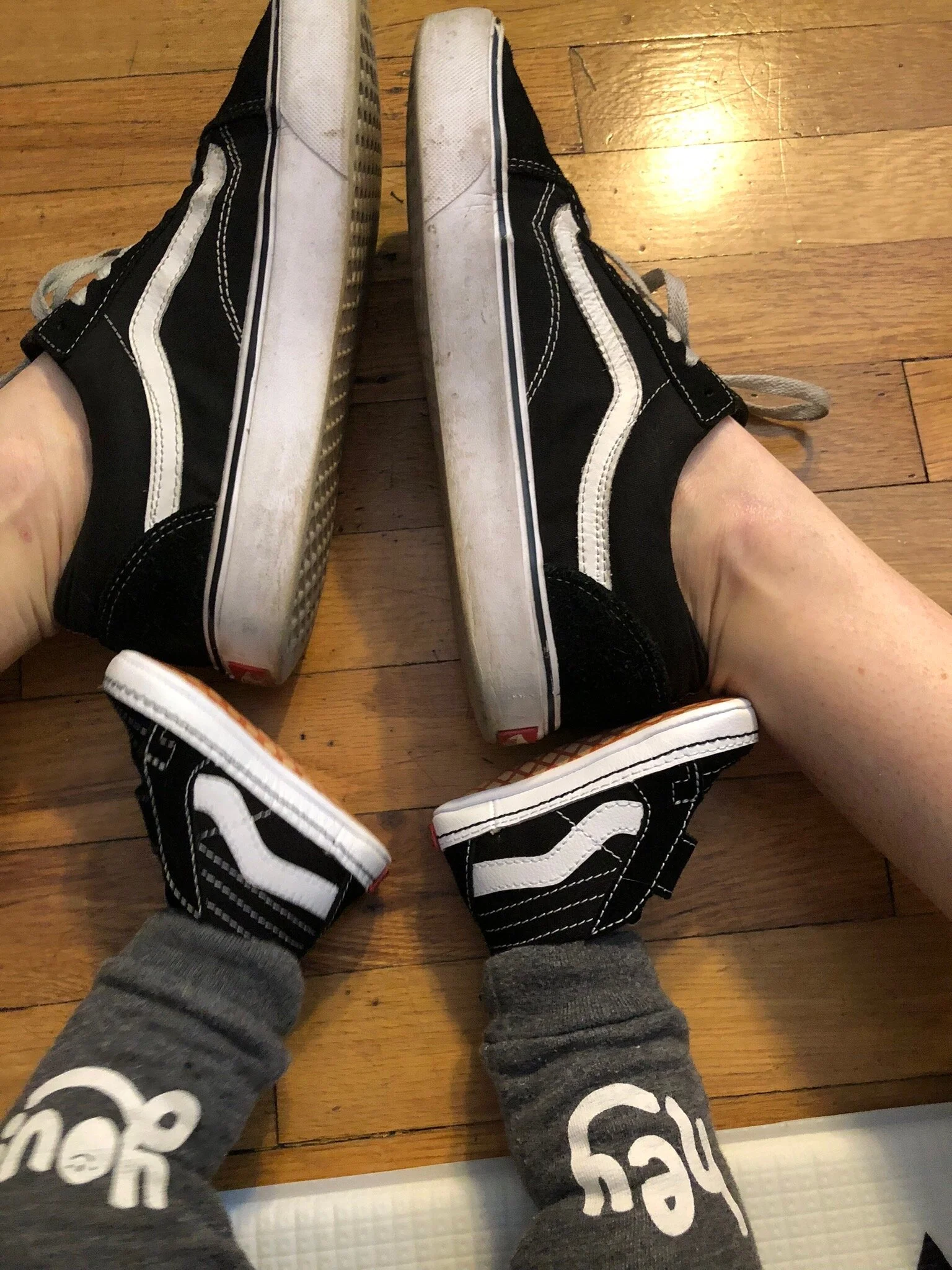America
I’ve always loved the Fourth of July.
Growing up in my small town, the Fourth meant three-legged races, watching the parade on Main Street, and covering my ears during fireworks.
Eating corn on the cob in my flag shirt with butter dripping down my face, I remember feeling so grateful I lived in that exact part of the country that celebrated in that exact way. It was the only America I knew – with rolling wheat fields, pink-skied sunsets, lots of hotdish, and wide-open spaces.
When I moved to Los Angeles, I spent my first Fourth of July watching fireworks explode over the Pacific Ocean – a different kind of wide-open space. It was exciting and new but it just didn’t feel like the celebrations back home.
Los Angeles was a world separate from hotdish and homespun parades. This new America had taco trucks and sushi on conveyer belts. It flashed signs in Spanish and Korean. It was loud, congested, and exciting.
This year, a few days before the Fourth, I was scrolling through Facebook when I came across a video that piqued my interest. It looked patriotic and also like something I might return to later after a few glasses of wine when I needed a good cry.
The title of the video was “Budweiser Stuns Nation: Releases 4th of July Ad That Has Conservatives In Awe.”
The commercial was about a veteran whose daughter was struggling to pay for college and Budweiser surprised her with a scholarship. It was beautiful, even though I knew they were just trying to sell me beer.
But I was frustrated by the title. Why did only conservatives get to be “in awe”? When did appreciating veterans become a partisan issue? I know many of men and women from both political parties who have served in the armed forces.
Lately I’ve seen things like this circling around. Articles/tweets/memes (God help us, the memes!) that try to draw a partisan line between things that are non-partisan. As if we don’t already have enough division. Despite the obvious harm this is doing to our country, the rhetoric continues to grow – feeding off clicks and likes and shares.
It all seems to have one overall message that rises above everything else: that there is a real America and there is an “other” America. And if you live in a particular place or vote for a particular party you don’t deserve to call yourself a real American.
When I hear things like that, I think a lot about my husband, Jason, whose mother’s family were Italian immigrants who settled in San Francisco. Whose father’s family fled the Mexican civil war and settled in Arizona. To him, the real America meant Italian dinners and a father who spoke Spanish.
Does that mean he’s less American than me – a daughter of Norwegian immigrants and pioneers?
It’s scary and uncomfortable for us to think outside our own experience but it is also necessary. We live in a country that holds so many cultures, so many versions of itself.
Those first few years in Los Angeles, I ached for the Heartland – for the America I understood. I couldn’t believe two places that were so different could exist in the same country.
But they did. They do. When people talk about the real America, what they’re really talking about is whichever America is real to them.
For my husband, that was growing up eating his corn with chili and Mexican chorizo next to Italian pasta shuta. It meant watching Fourth of July parades full of mariachi bands and American flags. For me it meant watching a tractor pull, running through wheat fields, and eating lefse.
Now those two kids are married.
And I don’t think there’s anything more “real” American than that.
This piece was originally written for the Fargo Forum. You can find them (and me) here.
Photo by Jason Elias.





